Vegan Grocery List


Before you ever get into the kitchen and light up the stove, the first step to eating well starts with making a proper vegan grocery list. It pays to have a clear game plan, quite literally when you consider the rising costs of food, to say nothing of the time, frustration, and hunger you’ll save yourself from.
New and veteran vegans alike can benefit from some in-store assistance when it comes to deciphering labels, scouting out the best deals, and ensuring a nutritious, delicious plant-based diet. Consider this your ultimate guide to vegan groceries.
Table of contents
Basic Do’s And Don’ts Of A Vegan Lifestyle
Forget about the bland subsistence diets of vegans past. It’s never been easier to eat a diverse, delicious range of plant-based foods without ever missing animal products! In a nutshell, vegans avoid the following:
- Meat, including but not limited to beef, pork, chicken, goat, and rabbit
- Seafood, such as fish, shrimp, clams, oysters, and lobster
- Eggs, via chickens, ducks, fish, or quails
- Milk, from cows, goats, and camels
- Honey sourced from bees
And all other variations and derivatives of animal flesh or animal products. Literally EVERYTHING else is vegan! That means fruits, vegetables, nuts, seeds, beans, grains, many breads, pastas, condiments, herbs and spices, drinks, snacks, and SO much more.
Sneaky Ingredients To Watch Out For
Despite the obvious red flags, there are still many hidden ingredients that may sounds innocuous, but are really derivatives of animal products. Read labels carefully to makes sure they don’t contain:
- Gelatin: Made from ground animal bones and hooves
- Whey, lactose, or casein: All derivatives of dairy
- Albumin: Another word for egg whites
- Beeswax: Sourced from beehives, often with unethical practices
- Confectioner’s glaze, cochineal, and carmine: Various components of candies made from crushed bugs
These are just the biggest offenders. When in doubt, search it out!
Shopping Tips For Eating A Varied, Balanced Diet
Don’t fall into a food rut! It’s easy to go into autopilot while at the grocery store, pulling the same tried-and-true foods off shelves out of habit. Keep your meals exciting and get a full range of nutrition by simply shaking up the routine.
- Try a new produce pick every visit. Grab something you’ve never eaten or cooked with before just for the sake of experimenting. You may discover some hidden gems!
- Swap one bean or grain at a time. If your go-to recipe uses chickpeas, try using black beans, kidney beans, pinto beans, or white beans instead. Switch out your standard rice bowl base with quinoa, farro, millet, barley, and so on.
- Consider different spice blends. Go ahead, make your favorite potato soup for the thousandth time, but try a sprinkle of Cajun seasoning, za’atar, curry powder, and beyond.
- Eat with the seasons. Take advantage of tomatoes in the summer, asparagus in the spring, and so on. What’s fresh is always the most flavorful and nutritious option around.
Advice For Meal Planning
Take the stress out of daily meal prep when you start with a plan ahead of time. Before you build a proper vegan grocery list, you’ll need to get your weekly menu in order first.
- Check your calendar. You’ll want to account for holidays when you might be eating out, or gatherings when you’ll cook for a bigger crowd.
- Research recipes. Pull inspiration from cookbooks, blogs, magazines, social media, friends; you name it! Try to keep things quick and easy for busier schedules, and look for recipes that use ingredients you already have on hand to prevent food waste.
- Write your meal plan down. Whether it’s in a spread sheet or a calendar, make a clear agenda that you can refer to again when you’re tired, hungry, and on the verge of ordering takeout. It’s much easier to stick to a plan when you can clearly visualize it.
- Don’t forget snacks and treats! Include a few grab-and-go options so you don’t get stuck when hunger strikes.
Money-Saving Tips
Food costs are by far one of the biggest expenses for most families, topped only by housing in most cases. It’s a misconception that plant-based groceries will take an even bigger bite out of your budget! Proper planning and smart strategies will ultimately save you money in the long run.
- Take stock of your pantry, fridge, and freezer. Make sure you’re not over-buying when you already have certain staples on hand.
- Check the weekly sales, digital coupons, loyalty programs, and printable coupons. Sometimes you can stack them together to maximize your discounts.
- Scan your receipt for rebates through various shopping apps. Ibotta, Fetch, and Receipt Hog are some of the most popular options.
- Wait for deals on shelf-stable goods, then stock up. Anything with a long expiration date like canned beans, dry pasta, and cereals will keep for a long time and will always come in handy. The same can be said for frozen vegetables and fruits but bear in mind that limited freezer space can be a constraint.
- Buy whole foods. Processed snacks, convenience foods, and prepared ingredients will always cost more than whole, raw produce. Time is also worth money, so you’ll want to weigh how much your time costs versus the possible savings for prepping everything from scratch.
- Buy in bulk. Avoid excess packaging and get great bulk savings when you buy grains, beans, nuts, dried fruits, and more in bulk. You can also buy exactly what you need to prevent excess- and extra expenses.
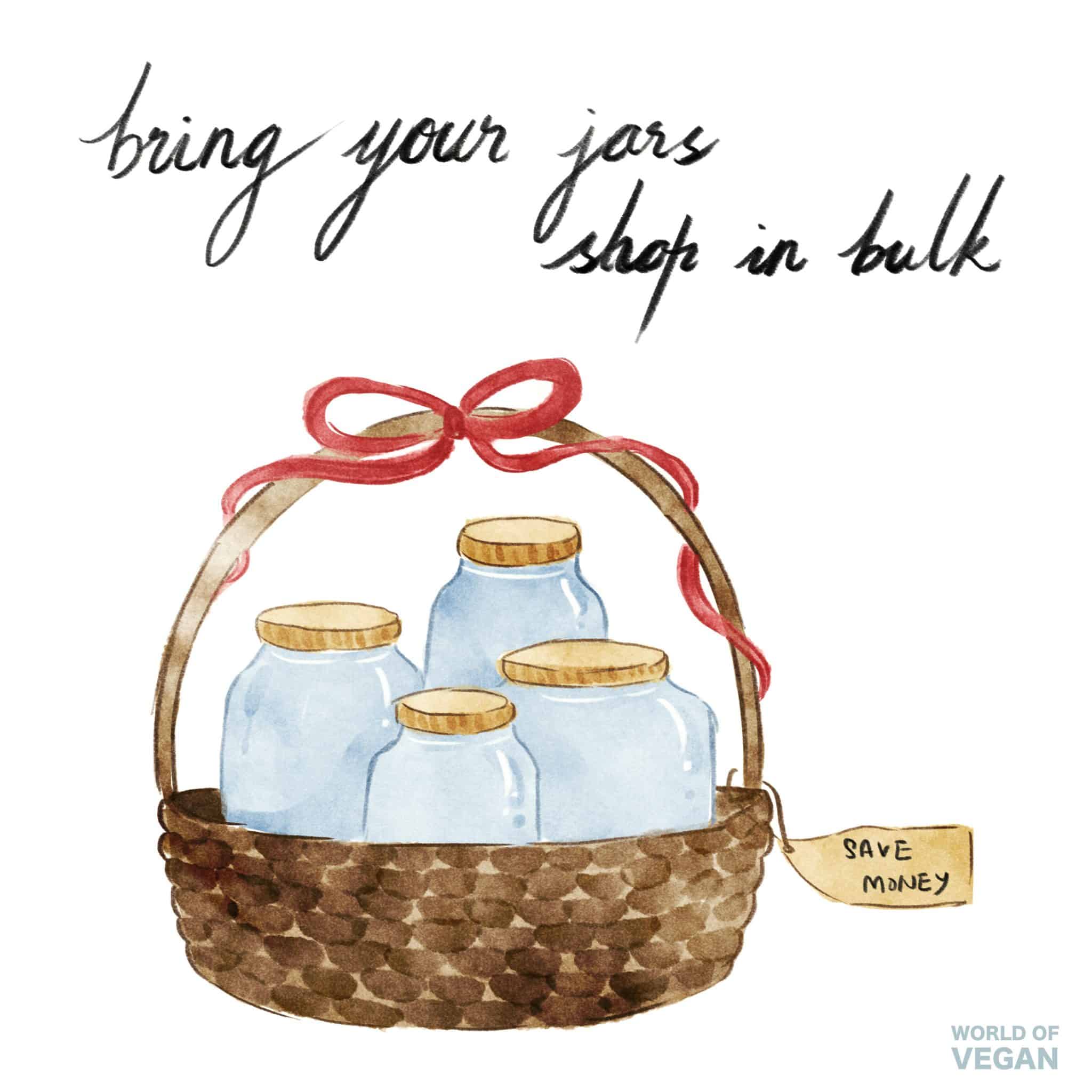
Simple Swaps
Beginner vegan food lists can look daunting when you’re just starting to transition from a standard American diet. It’s never been easier to simply trade conventional animal products with plant-based alternatives that look, cook, and taste just like the originals. If you’d like to upgrade your options with healthier or more affordable substitutes, here are just a few simple swaps for the most popular staples.
- Firm tofu instead of eggs. Replace the morning scramble or classic egg salad sandwich with roughly mashed tofu and egg-y seasonings for a high-protein dupe that’s withstood the test of time.
- Lentils or rehydrated TVP instead of ground meat. Say hello to sloppy Joes, tacos, chili, Bolognese sauce, and more! Ground meat takes on the herbs and spices of the dish, rather than contributing a strong flavor of its own, so it’s a seamless swap with plant-based whole foods.
- Jackfruit instead of pulled pork. Simmered until tender, young jackfruit canned in brine (NOT syrup) takes on a distinctively fibrous, meaty texture that works especially well with barbecue sauce.
- Chickpeas instead of chicken. This one may sound like a stretch but hear me out! Roughly mashed chickpeas can create a stunningly satisfying chickpea salad, nuggets, tenders, and more.
- Agave, maple syrup, or brown rice syrup instead of honey. All liquid sweeteners are not created equal, but there are countless ways to quell sugar cravings without bothering the bees.
- Avocado instead of butter. While baked goods may turn out a bit lighter, you can indeed swap pureed avocado 1:1 for butter. It’s also brilliant for other dessert applications, like mousse and buttercream frosting. Unsurprisingly, it makes a great spread on bread (hello, avocado toast!)
- Hummus instead of mayonnaise. Much more than just a dip, hummus is an ideal spread for sandwiches, wraps, and beyond. You can even use it to make creamy, healthy potato salad or pasta salad, too!
How to Build a Vegan Grocery List
Based on what we know vegans can eat, let’s build a list of possible ingredients to shop for. This is not an exhaustive list but it’ll give you a pretty good idea of the sheer variety of food vegans can eat!
Fruits
Shop for fresh produce first to take advantage of local produce, seasonal selections, and weekly sales. From there, fill in with frozen options (particularly for smoothies and other recipes,) dried, or canned, in a pinch. When it comes to packaged fruits, always check the ingredient labels to avoid added sugars or preservatives.
- Apples
- Apricots
- Avocados
- Berries (any kind)
- Banana
- Dates
- Grapes
- Lemons/Limes
- Melons (any kind)
- Oranges
- Pears
- Pineapple
- Raisins

Vegetables
Just like fruits, start by stocking up on fresh picks, then moving on to frozen and canned options. Frozen vegetables are every bit nutritious as fresh, despite what some naysayers might suggest, and are a smart choice if you don’t go through them very quickly. Be realistic with your purchases to avoid food waste!
If you don’t usually eat arugula, don’t start by grabbing a two-pound bag. If you find you’ve over-purchased already, save your investment by freezing it before it all goes bad. Canned vegetables are often lacking in texture and flavor, so only go for these if there are no other options, and be wary of added salt, sugar, or preservatives, too.
- Beets
- Bell peppers
- Broccoli
- Brussels sprouts
- Carrots
- Celery
- Cucumber
- Garlic
- Leafy Greens (spinach, kale, lettuce, chard, etc.)
- Mushrooms
- Onion
- Potatoes
- Tomatoes
- Zucchini
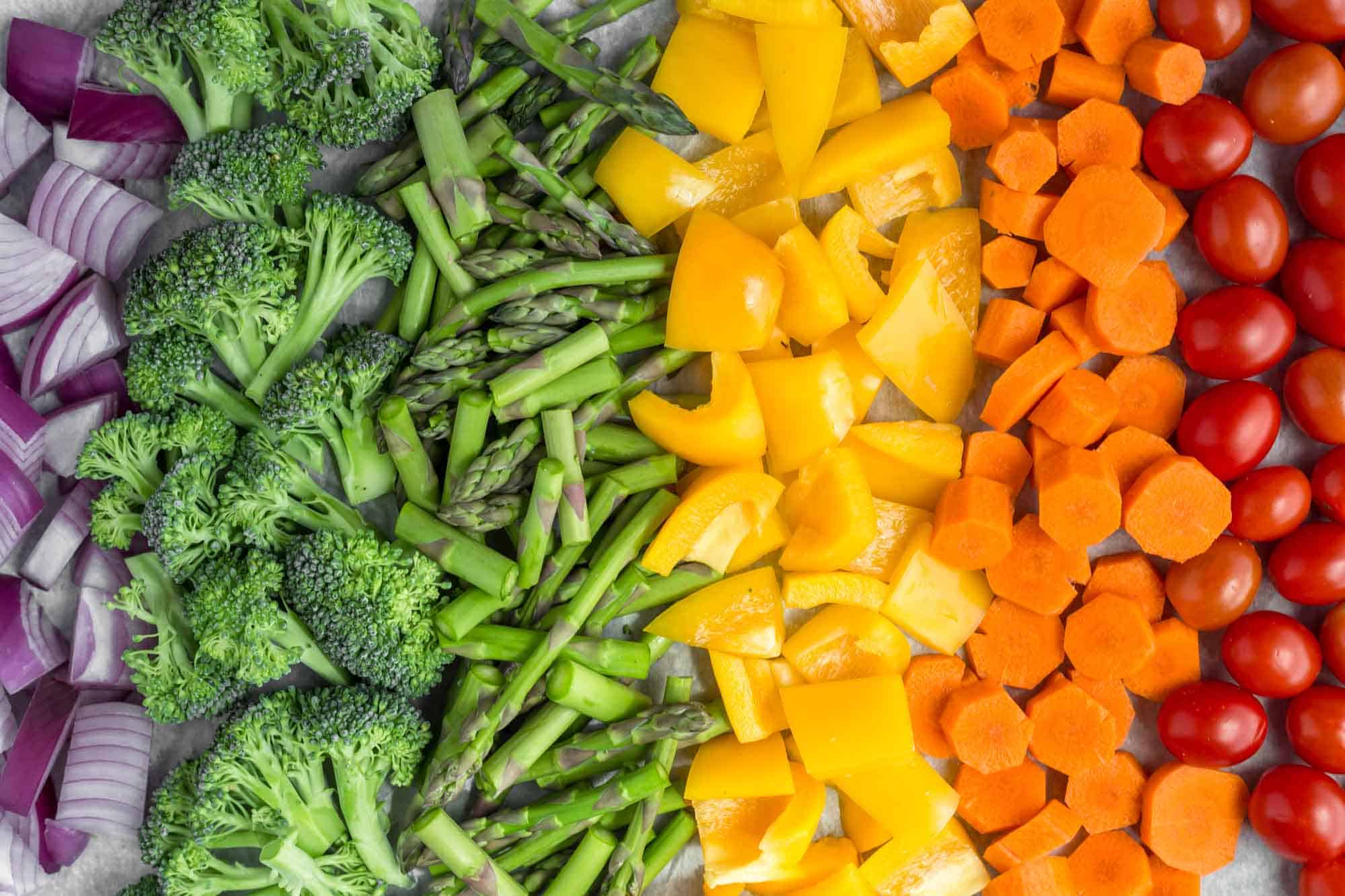
Beans/Legumes
Dried beans are the most affordable sources of protein around and a key time to add to your vegan grocery list! They’re great to buy in bulk, since they’ll keep in a dry, cool pantry for 1 to 2 years, if stored in an airtight container. They do take considerably longer to cook, either on the stove or in a pressure cooker, so it’s hard to beat the convenience of canned. It’s a good idea to buy a little bit of both to make sure you can throw together quick meals when necessary. Canned beans and legumes are still a great deal, often ringing up at $1 or less apiece.
- Black beans
- Chickpeas (Garbanzo beans)
- Edamame
- Green peas
- Kidney beans
- Lentils (any kind)
- Pinto beans
- Refried beans (vegan)

Grains
Whole grains form the foundation of the classic food pyramid for good reason! Providing high-quality carbohydrates for energy and fiber to ensure satiety, these are essential components of a well-rounded, satisfying meal. Even if you don’t eat gluten-free, there are many choices in this category for you; simply avoid wheat and wheat products. Always double-check labels to make sure more processed items are fully vegan and really do contain whole grains, not just empty starches.
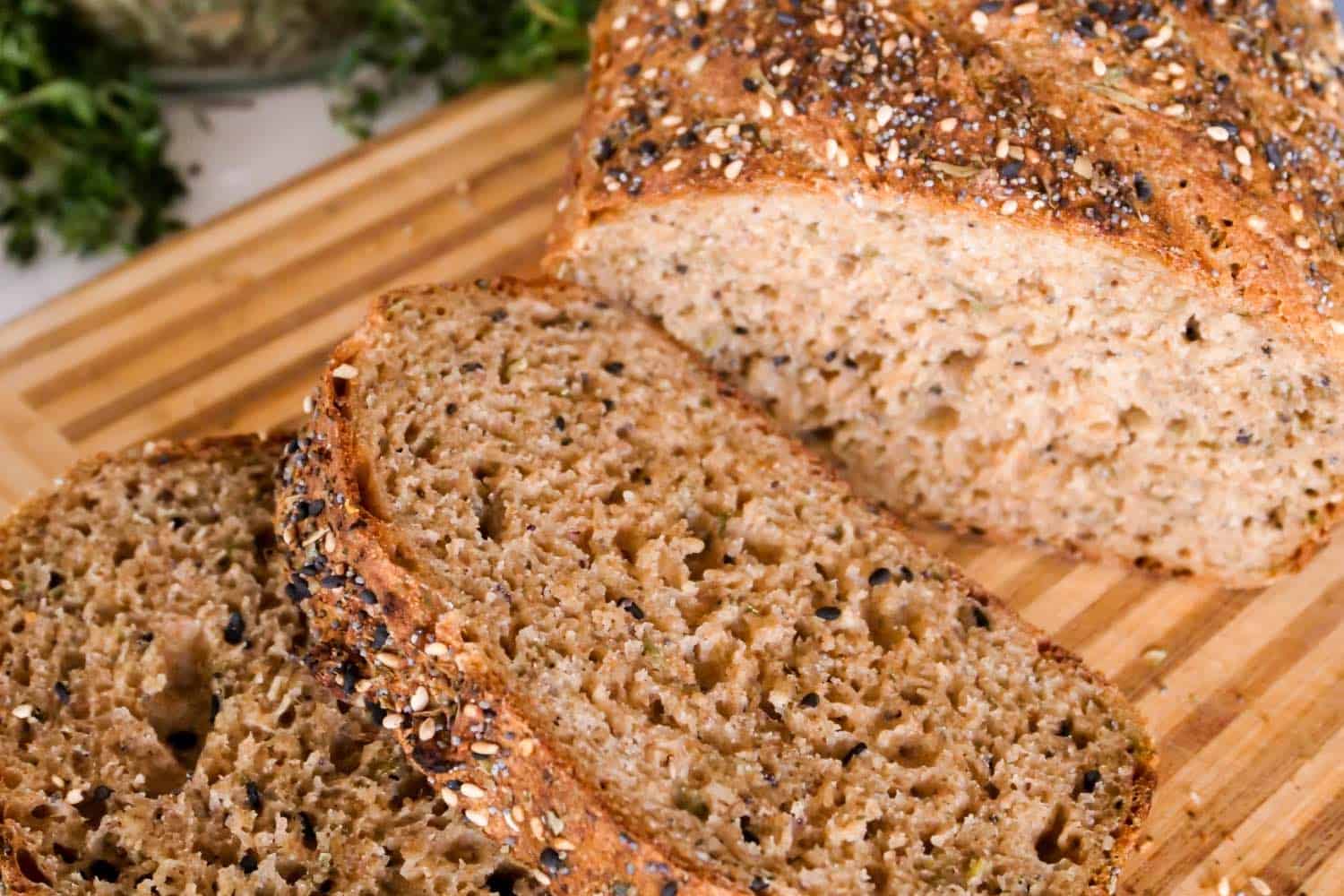
Proteins
Where do you get your protein? From plants, silly! It’s much easier to get sufficient protein on a vegan diet than many omnivores fear. There are loads of direct meat substitutes to replace your favorite entrees, in addition to naturally meatless options. It helps to have a variety of fresh, frozen, and shelf-stable proteins on your vegan grocery list to make sure you always have something inspiring and enticing on hand.
- Jackfruit
- Tofu
- Tempeh
- Seitan
- Vegan burgers
- Vegan chicken
- Vegan deli slices
- Vegan eggs
- Vegan ground meat
- Vegan meatballs
- Soy curls or dried TVP

Pantry
Pantry raid! These are staples you should consider essential to keep at all times. Keep an eye on expiration dates because certain items, such as baking powder and soda, lose their efficacy over time, while others like cocoa powder can begin to taste rancid after a year or two. Always keep packages sealed until you’re ready to use them, then transfer any leftovers to airtight glass jars or zip top bags. Air is the enemy of freshness so try your best to squeeze it all out!
- Baking powder
- Baking soda
- Chocolate chips (dairy-free)
- Cocoa powder
- Coconut milk (canned)
- Cornstarch or arrowroot powder
- Nutritional yeast
- Sugar
- Vanilla extract
- Veggie broth
- Vegetable bouillon

Nuts and Seeds
These are your healthy fats that provide richness, crunch, creaminess, and luscious toasted flavors to all your favorite dishes. Buy raw, unsalted options whenever possible for the greatest flexibility and most utility. Roasted nuts are often extremely high in sodium and contain low quality processed oils. Believe it or not, these are best stored in the freezer to prevent rancidity.
- Almonds
- Cashews
- Chia seeds
- Flaxseed meal
- Hemp seeds
- Nut butters (peanut butter, almond butter, cashew butter, etc.)
- Tahini (sesame seed butter)
- Walnuts

Vegan Dairy
Milk your meals for all their worth, but don’t have a cow! For everything once made with dairy, we now have identical substitutes ready to enjoy right off the grocery store shelves. The bases range from nuts to seeds, grains to beans, and all things in between. Try a few to find what you like best; taste is subjective and everything is a little bit different!
- Non-dairy milks (soy milk, almond milk, oat milk, etc.)
- Vegan butter
- Vegan cheese
- Vegan yogurt
- Vegan cream cheese
- Vegan ice cream
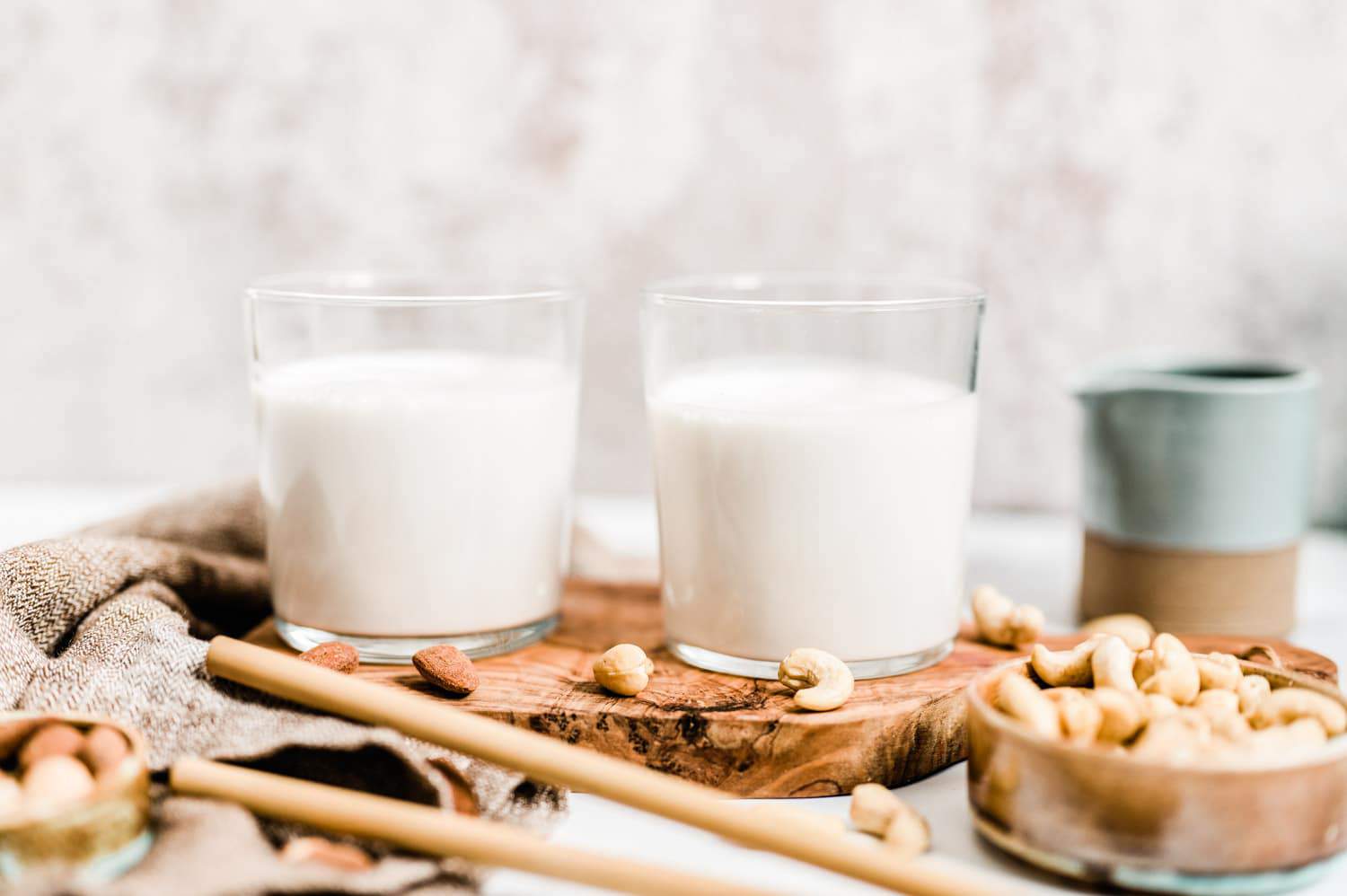
Spices and Seasonings
Spice up your life with a broad palate of global seasonings, and you’ll never eat another boring meal again. Dry spices are absolutely essential for simply making delicious food, separating bland from brilliant. Control exactly what you’re creating by buying separate spices, or take a shortcut with ready-made spice blends. In the case of packaged blends, just make sure there’s no added salt, sugar, fillers, or preservatives.
- Black salt (Kala Namak)
- Chili powder
- Cinnamon
- Cumin
- Curry powder
- Garlic powder
- Ground ginger
- Italian seasoning
- Onion powder
- Paprika
- Salt & black pepper
- Turmeric powder
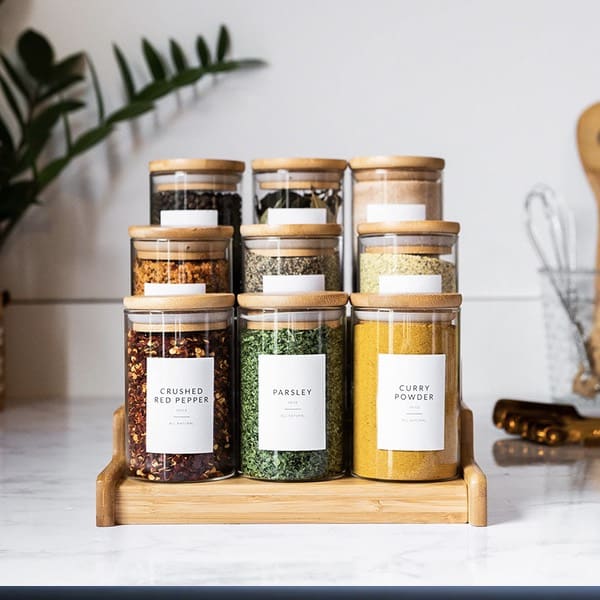
Fresh Herbs
Fresh herbs are unsung superfoods, containing worlds of hidden powerful nutrition along with obvious great tastes. These are the finishing touches that really make your recipes pop! For more tender leafy herbs, add them in at the very end, after the food is fully cooked, to maintain the full depth of their delicate flavors and colors.
- Basil
- Chives
- Cilantro
- Dill
- Mint
- Parsley
Condiments
A little bit goes a long way for most of these tabletop finishes. It’s easy to customize individual plates to taste with a variety of flavorful dips, drizzles, dollops, and spreads to apply at will. Some of these can be kept in the pantry, but others need to be kept in the fridge; consult labels for ideal storage conditions.
- Hummus
- Hot sauce
- Ketchup
- Mustard
- Maple syrup
- Salsa
- Soy sauce, tamari or liquid aminos
- Vegan mayo
- Vegan pasta sauce
- Vegan salad dressings
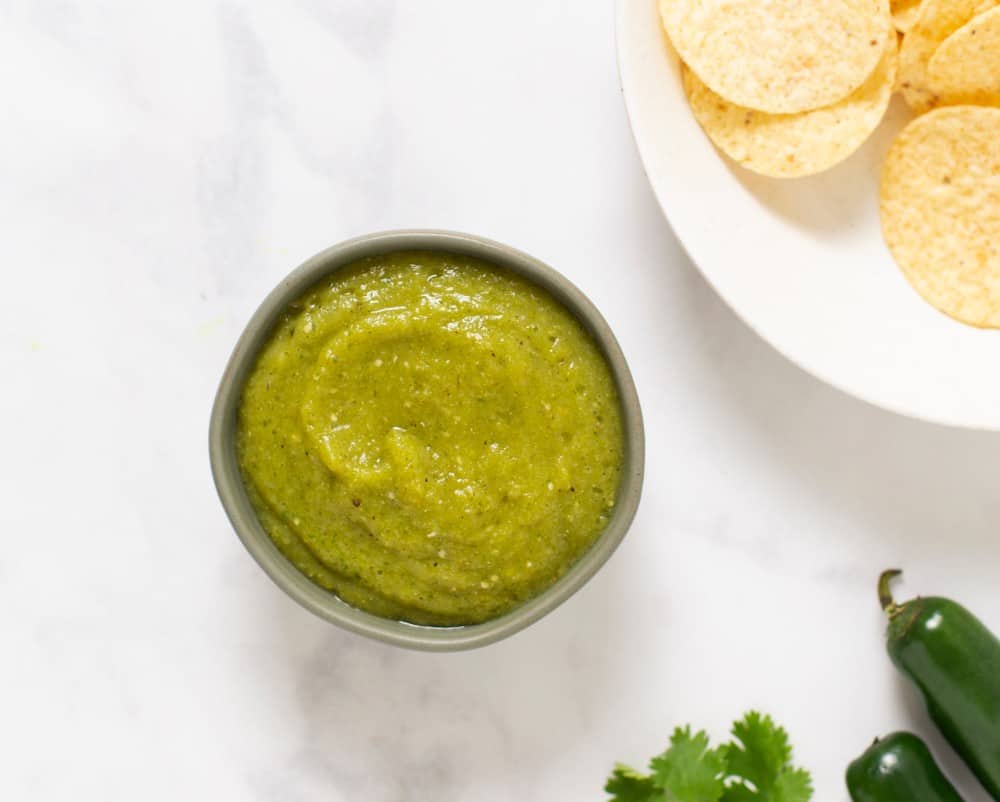
Oil and Vinegar
Whether it’s the nonstick insurance keeping baked goods from adhering themselves to pans, stir fry starters, or salad dressings, there are plenty of high-quality oils and vinegars available for every job. Virgin, extra virgin, first pressed, cold pressed, and unrefined are all excellent indicators that you have a good product at hand.
Some oils are better suited to high-heat cooking while others should be enjoyed raw. Vinegars range from mild to intense, with all sorts of tasting notes unique to each form. Try a few to find what you like for each application!
- Avocado oil
- Apple cider vinegar
- Balsamic vinegar
- Coconut oil
- Olive oil
- Rice vinegar
- Toasted sesame oil
- Vegetable oil
- White distilled vinegar
Snacks and Treats
Everyone deserves to treat themselves now and then. Keep smart snacks on hand so you won’t feel tempted to go overboard, binge eat, or snag something not vegan out of frustration. Many brands now specifically label their products as “vegan” or “vegan certified” right on the front of the package for easy identification. Otherwise, be prepared to comb through ingredient lists to suss out anything unsavory.
- Crackers
- Chips
- Granola bars
- Oreos
- Popcorn
- Pretzels
- Trail mix
- Vegan chocolate

Beverages
Water should always be your number one drink of choice, but that doesn’t mean there’s no room for more flavorful, fun, and indulgent drinks too. Excessive sugars and corn syrup are a real problem for this category, to say nothing of superfluous packaging. Seek out multi-serve containers that use recyclable or compostable materials whenever possible.
- Coffee
- Juice
- Kombucha
- Soda and sparkling water
- Teas
- Vegan beer and wine
Free Printable Shopping List
Don’t forget to download our free printable grocery list! Keep it saved to your phone for easy reference, inspiration, and helpful hints along the way. It’s more than just a vegan food list for beginners, but a complete cheat sheet for anyone that wants to buy smarter and eat better.
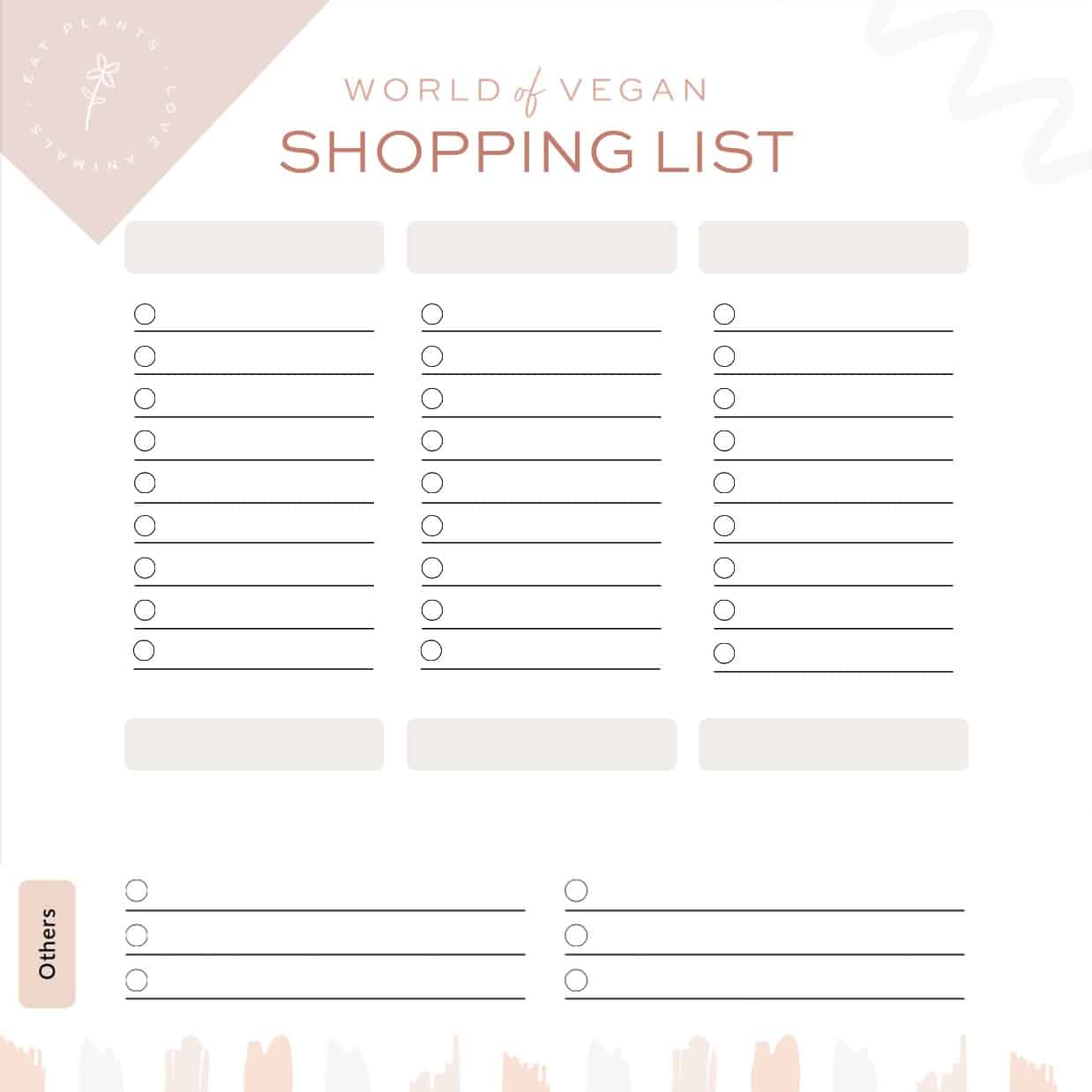










Leave a Comment
This is super detailed & helpful because sometimes I have no idea what to buy
Love how detailed and inclusive this list is!!